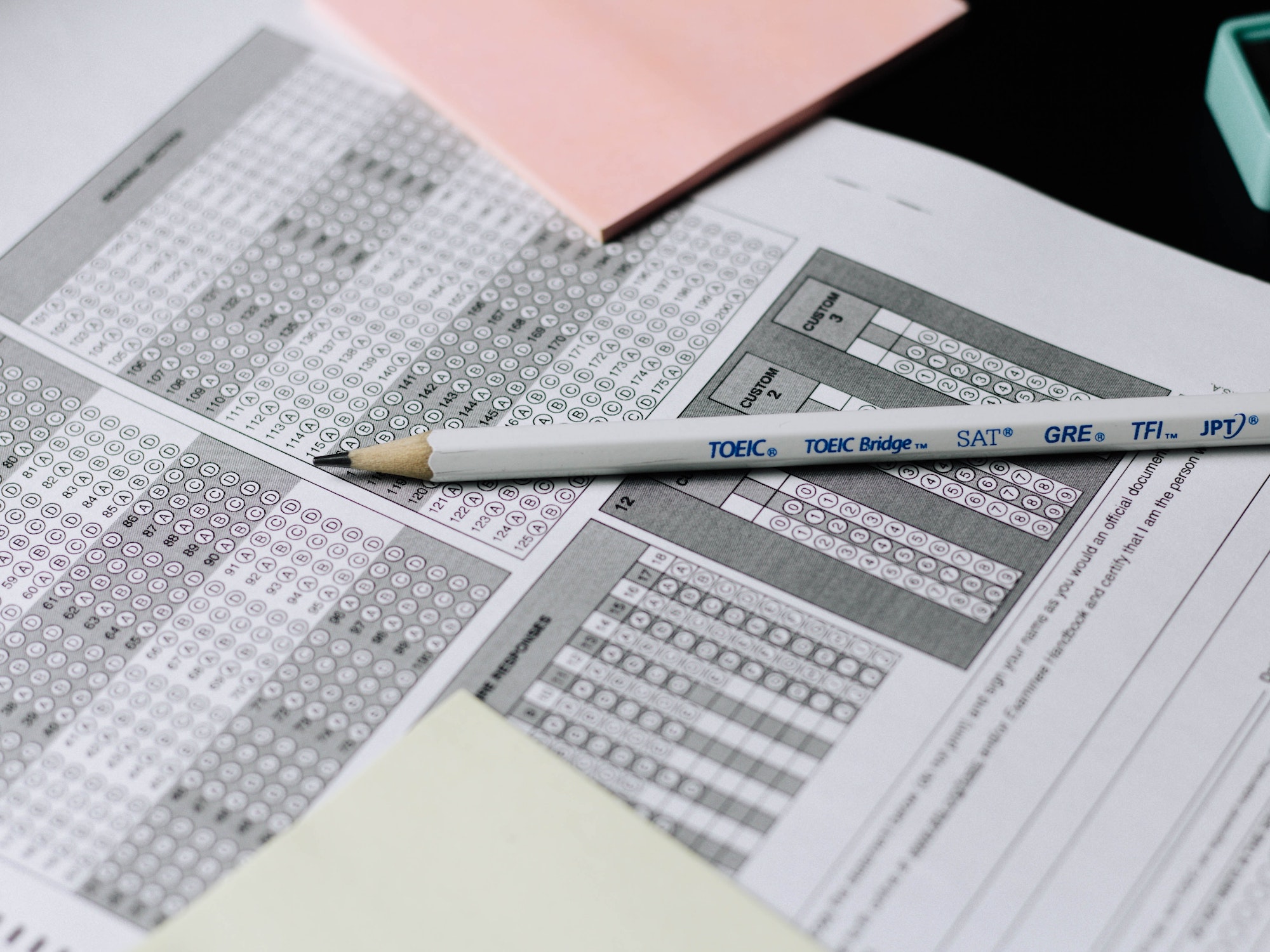
16 Feb 3 Tips for the Selective School Test and OC Test
It’s a really competitive world out there when it comes to successfully sitting the entrance exams for Selective Schools and Opportunity classes. While it’s no secret that preparation is key, consistency is important, but a love of learning is the necessary link to achieve those academic goals.
What are the OC and Selective School Tests?
The OC Test
This is a test for Year 4 students entering Year 5 the following year. The test is used to identify a high level of ability in academically gifted students. Students are then offered a place in an opportunity class for Year 5 and 6 in public primary schools in NSW.
In 2023, the test is paper-based.
The OC Test Structure
There are 3 test components, all of which are multiple-choice, in the following order:
Reading – 25 questions, 30 minutes
Mathematical Reasoning – 35 questions, 40 minutes
Thinking Skills – 30 questions, 30 minutes
The Selective School Test
This is a placement test for Year 6 students entering Year 7 the following year. In 2023, the test will be held in May. However, the exam is held every year, so students in Years 8-11 can also sit the placement test to try to gain entry into a selective school.
The Selective School Test Structure
The goal of the tests is to place high-potential and gifted students in specialised streams at school, to best support and develop their academic talent.
| Section | Minutes | Questions | Type | Weighting |
|---|---|---|---|---|
| Reading | 40 | 30 | Multiple choice | 25% |
| Mathematical Reasoning | 40 | 30 | Multiple choice | 25% |
| Thinking Skills | 40 | 40 | Multiple choice | 35% |
| Writing | 30 | 1 | Open Response | 15% |
Tip #1: Practice those papers!
While the Selective and OC exams are challenging, it’s a known fact that quite often they feature questions which are variations of those in previous years. This is definitely an advantage for students.
Sitting past papers is a great way for your child to gain confidence as they familiarise themselves with the structure of the test and style of questions.
You can look up past papers here.
Timed conditions are the way to go
Sitting a test under timed conditions might be a new concept to primary school students. So the best way to help them prepare is to practice the past papers in the same circumstances.
In this way, students can practice how to spend their time most efficiently for each question and section, and learn to work comfortably under the pressure of time.
You’ll also be able to determine if they are spending lots of time on one thing, and not enough on another. By learning to keep an eye on the time as they practice the past papers, they shouldn’t have a problem managing their time in the actual test.
Tip #2 Give the appropriate attention to each Section
The weighting of the sections to the Selective School Test do change, so it’s important to have the latest information.
In 2023, while the sections of the Selective School Test are not weighted equally, it’s still a good idea to prepare for them appropriately. The sections on Reading, Mathematical Reasoning and Thinking Skills are all multiple choice and are marked by a computer. The last section on Writing requires an open ended response.
Top tips for Each Section
Reading
According to NESA, the questions in this section are based on different genres “such as non-fiction, fiction, poetry, magazine articles and reports”. So it’s important that students become accustomed to these various text types and answering any questions about the purposes and uses of these styles.
Mathematical Reasoning
There are no calculators allowed in the mathematical reasoning test, so it’s important that your child practices being able to perform calculations and timetables independently.
Thinking skills
This section tests critical thinking and problem solving skills, and has the largest weighting of the test. Previously known as general ability, students are not likely to have come upon these questions before and it is harder to study for. However, the best way to prepare for this section is to familiarise your child with the style of questions from past papers.
Writing
This section requires students to write about a topic by directly address the question posed to them. It is imperative that students prepare for the skills required in this section, rather than using pre-written work.
Creativity and “effectively writing for a purpose and audience” are the key points being assessed, as well as grammar, punctuation, spelling and vocabulary.
Tip #3 Check your work and learn from your mistakes
While practicing and getting familiar with the style of questions is really important, the biggest tip is to review and work through mistakes!
It’s okay to get questions wrong in the learning process, but they need to know why. A large portion of the tests are multiple choice, so in order to perform well, your child needs to feel confident in choosing the correct answer, rather than doing guess work.
When a student knows where they are going wrong, and can self-correct as they go, they are demonstrating that they understand the question and topics clearly, and that’s when they become more accurate in these tests.
Aim strong and true!
We strongly believe that the overall aim of education is to teach kids to love to learn! While students can feel pressure when studying and preparing for the Selective School and OC tests, it’s also a good opportunity to teach them how to work consistently and efficiently towards a goal, asking them to perform and aim that little bit higher every week, because we know they are capable. Self-belief and a positive attitude can be the best friends that they rely on in their school career and beyond.

